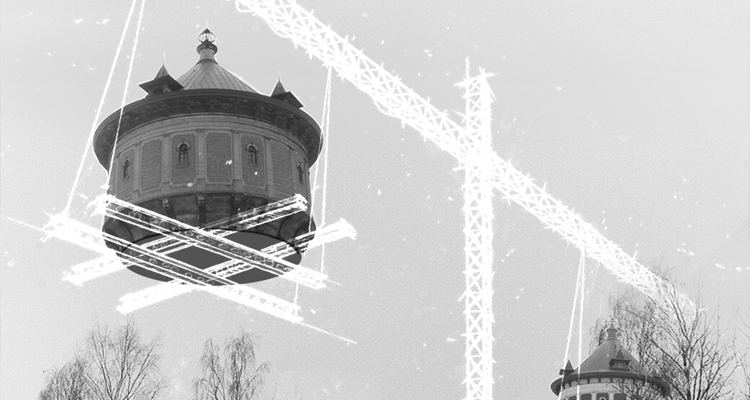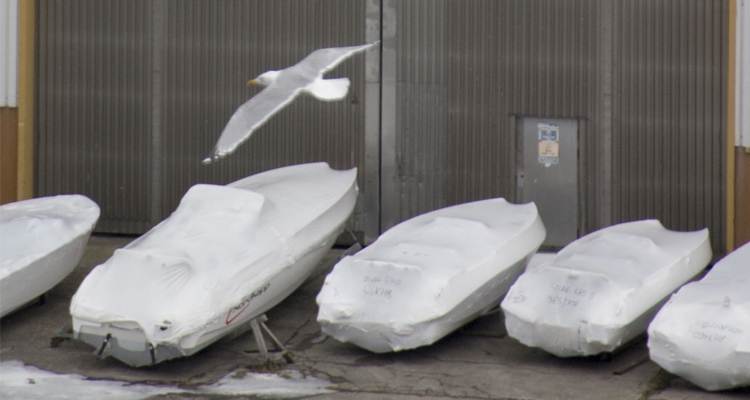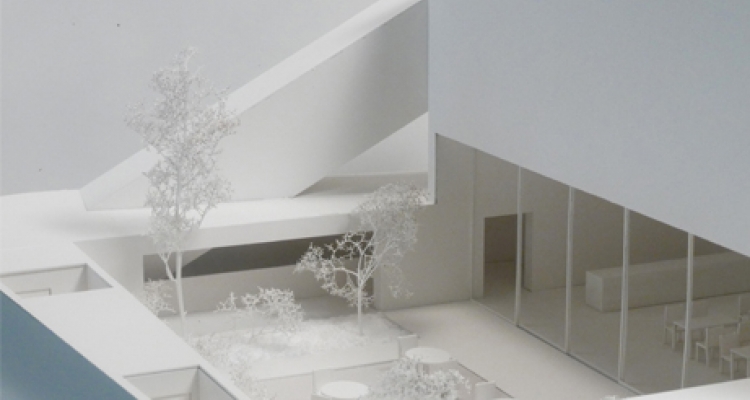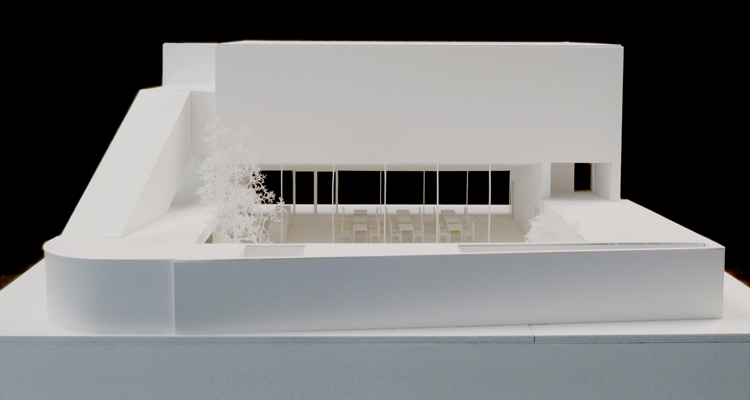The context for the project is given by the architectural competition by Norsk Skogfinsk Museum. My intention has been to design a place for exploration, documentation and understanding of the culture and history of a national minority with a profound connection to the forest.
The new museum is carefully located in-between and around the trees in the forest. The museum acts as a gateway into the landscape, allowing visitors to explore the river, the adjacent open air museum, and further into the deeper forest.
Diplomprosjekt
”I like it because I do”. I find the steel surface beautiful - because it is shiny, reflective. And intriguing because of it’s connotations to something mechanical, industrial and clinical.
Steel is the corrugated roof of a barn, it’s the surgeon’s tools, it’s the joints of an Eileen Gray folding table, it’s the curved middle girder of Mies’ new national gallery.
Set to a fictional site, using hotel as program, this project is occupied with the steel surface.
Holmen is an important part of Risør, both rogrammatically and visually. The current program on Holmen is a marina industry. A planed program on Holmen is a housing project. My proposed program on Holmen is a public marina.
As an institute with a local connection joins an institution with no home at all, the project reassembles both within the framework of a centre for young artists.
The program requires not only the building of a hub for performances, exhibitions and seminars, but also the making of a place that in form and expression combines the architectural diversity in the area.
In Oslo, a municipality run monopoly ran the cinema market for 86 years, operating around 30 venues at its most - before the eight remaining cinemas in 2013 were sold to a commercial owner (Oslo Kino / Egmont). This has led to a market offering little variation, with Cinemateket as Oslo Kino’s strongest competition.
The diploma project aims to offer a different type of cinema in Oslo by combining a small independent cinema with a restaurant /bar and a small garden - creating a new social framework around the event of going to the cinema.
In Oslo, a municipality run monopoly ran the cinema market for 86 years, operating around 30 venues at its most -before the eight remaining cinemas in 2013 were sold to a commercial owner (Oslo Kino / Egmont). This has led to a market offering little variation, with Cinemateket as Oslo Kino’s strongest competition.
São Paulo lives up to its nickname: since the1980s,extensive construction of walls and fencesare creating a physical separation between buildings and the street, between the private and the public. Walls have become a distinctive feature of the city’s urban morphology andhas consequently left the city’s urban spaces diminished and deteriorated. Through an analysis of existing walls and a strategic proposal,the projectinvestigates the potential of the wall not as a separation barrier, but ratheras aboundary whereencounters may take place.
The images introduce a measure of intensity, in the context of a time-based evolution, to create a seamless categorisation of landscape features, qualified through the identification and interpretation of patterns. Within this context, patterns are continuous conditions such as use of materials, complexity of built environment or division and use of space.
What is figure, what is ground? In order to act towards the matters that stay hidden to our perception, we need to enhance our spectrum of perspectives on the world.
We use various types of playing as ways of rehearsing and practicing for an independent adult life: training balance, building social competence, experiencing justice.
As human beings we need to practice all the different categories of play in order to grow and evolve. How can the lack of variation in playgrounds be counteracted so that other age groups can practice other types of play in areas of other forms and materials?

















